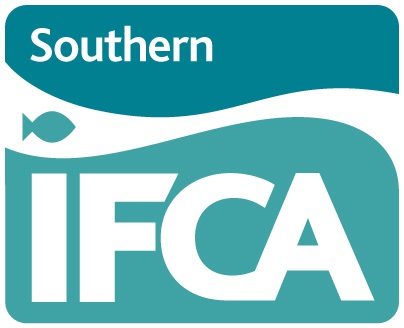Fishing along the Hampshire Coast
Hampshire’s sediment habitats have maintained the livelihoods of local fishermen for generations. The muddy sediments are home to a number of clam species, which are harvested using dredges and sandy sediments support many species of flatfish as well as breeding cuttlefish. In the wider Solent, coarse, more gravelly sediments have historically supported a prosperous native oyster fishery, and more recently a scallop fishery.
The protected marine habitats and those outside designated areas are instrumental in providing food and livelihoods to so many in the area. It is Southern IFCA’s duty to manage fishing activities within the MPAs in its District, and in order to ensure they remain healthy and diverse, trawling, dredging and hand gathering have been prohibited by Southern IFCA in many specific areas around the Hampshire coast to protect particularly vulnerable habitats such as seagrass beds and saltmarsh. Over the past XX years Southern IFCA has prohibited bottom towed fishing gear activities over a total of 27.8 square kilometres of habitats around the Hampshire coastline.
For further information regarding the fisheries and Marine Protected Areas surrounding Hampshire, including Habitats Regulation’s Assessments please visit our ‘Fisheries and Research’ website section and choose the fishing activity you are interested in.
To find out what management measures apply to a particular fishing activity please visit our ‘Regulations’ section.
For further information on the Marine Protected Areas found around Hampshire please visit the Natural England Designated Sites pages below. Note: other types of Protected areas are also designated including Sites of Special Scientific Interest and RAMSAR sites. These usually overlap with the sites listed below:
